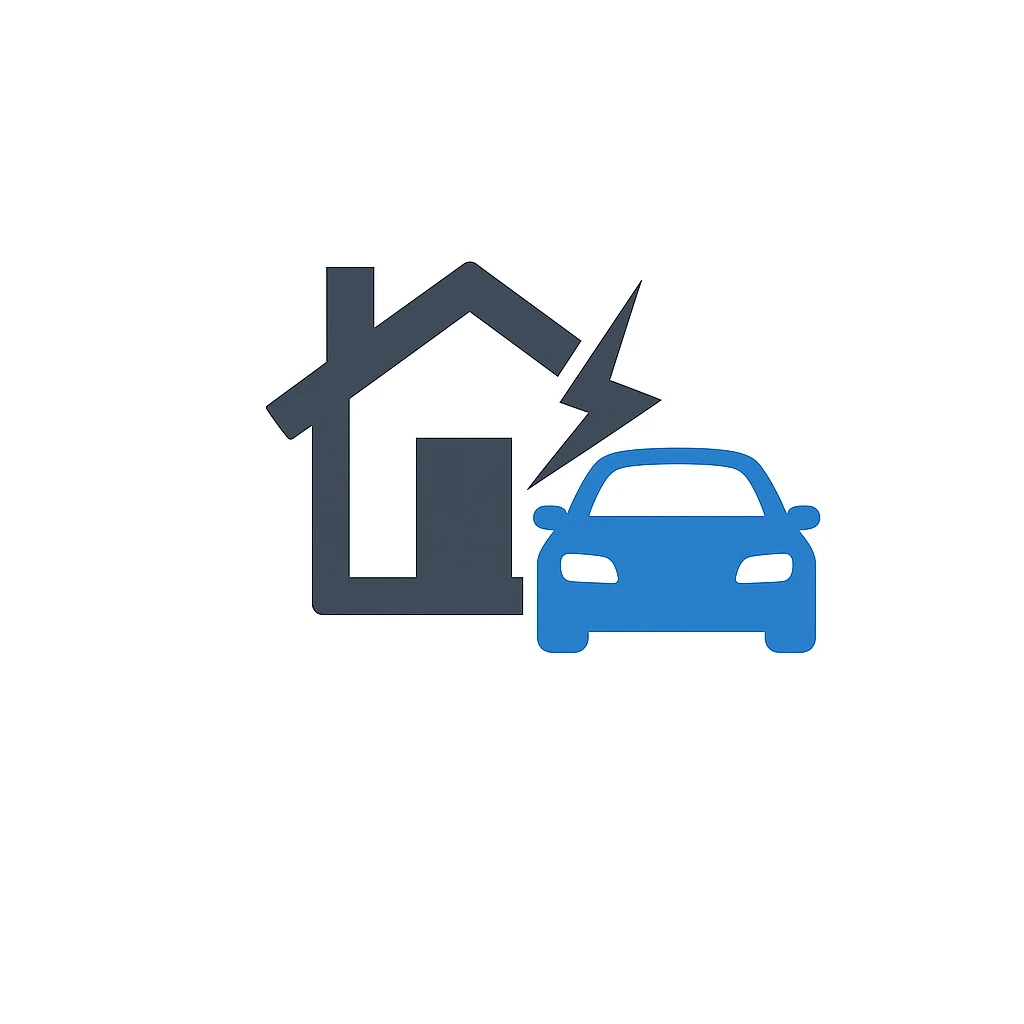“A car crashing into your home can cause devastating structural and emotional damage. The chaos after impact is stressful, but what comes next — dealing with insurance — can be even harder without proper representation.”
A vehicle crashing into a home or building is not just a sudden accident — it’s a major structural and safety emergency. The force of the impact can compromise the integrity of the entire property, create hidden hazards, and cause long-term issues if not handled correctly.

When a car or truck collides with a building, it can crack the foundation, warp support beams, and shift load-bearing walls. Even if the exterior damage looks moderate, the home’s internal framework may be dangerously unstable.

The collision can rupture wiring, damage outlets, or crush electrical panels. Combined with leaking fuel or broken gas lines, these conditions create a serious risk of fire or explosion — sometimes hours or days after the initial crash.

Vehicles can break pipes, water mains, or sewer lines, leading to hidden leaks, flooding, and contamination. Left untreated, these secondary issues can cause mold growth and extensive interior damage.

The impact sends dust, glass, and insulation particles into the air, creating health hazards for anyone nearby. Damaged drywall and insulation can release fine contaminants that spread throughout the home.

Beyond the property damage, this kind of event is traumatic and disruptive. Families may need to relocate, business operations may halt, and the repair costs are often far higher than the insurance company’s first estimate.
This is the most common issue. Insurers may argue: The driver’s auto policy should pay The homeowner’s policy should pay The damage falls under a different coverage section Each carrier may point at the other to avoid being responsible — delaying the claim and leaving the homeowner without immediate help.
Insurance adjusters often focus on visible damage only, such as: Broken siding Damaged walls Cracked windows But they may ignore deeper issues like: Foundation cracks Roof displacement Wall shifting Hidden electrical or plumbing damage This leads to lowball estimates that don’t reflect the true cost of restoration.
Insurers may try to label serious impact damage as: Cosmetic Superficial Non-structural This tactic significantly reduces what they are willing to pay — even when the crash affected load-bearing systems or utilities.
Vehicle impact claims often trigger lengthy investigations: Police reports Driver liability Insurance coverage verification Recorded statements These delays leave homeowners dealing with unsafe living conditions while insurance carriers “take their time.”
Insurers may deny coverage for related issues such as: Water intrusion Electrical hazards Plumbing breaks Mold growth Roof or foundation shifting without proper documentation from a public adjuster.
He brings in engineers and contractors to assess both visible and hidden impact zones
He prepares professional photos, diagrams, and repair estimates that fully document the loss
He communicates with both your insurer and the driver’s carrier to make sure no one avoids responsibility
He pushes for complete compensation for repairs, displacement costs, and loss of property value

© 2025 Copyright WhoisJK